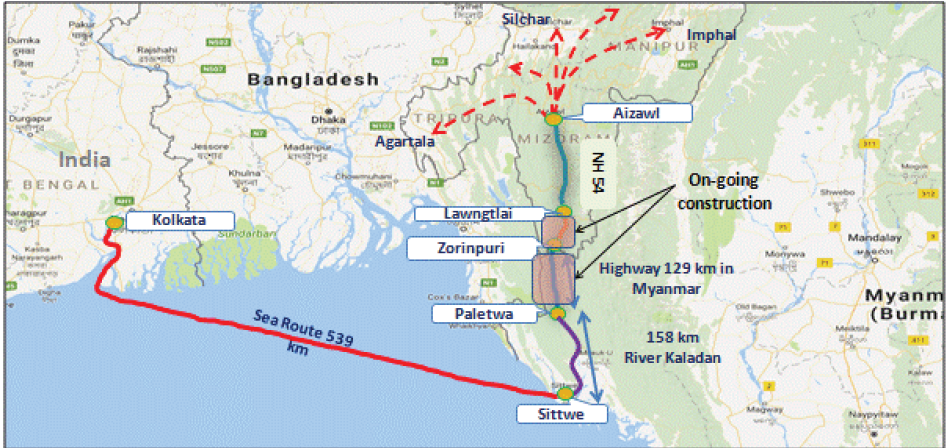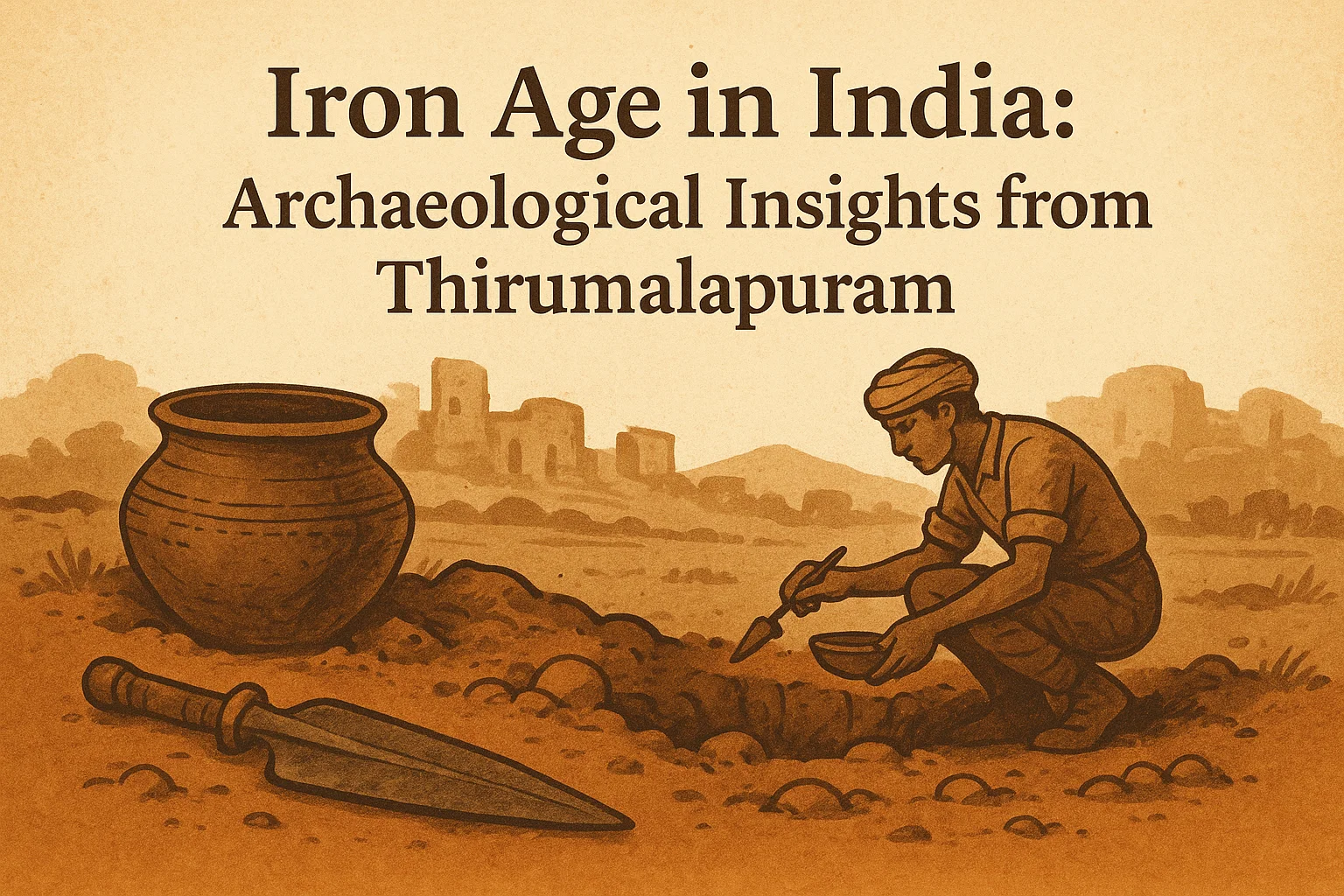Pradhan Mantri Ujjwala Yojana (PMUY)
Cost-Effectiveness Analysis of PMUY
Context: The Pradhan Mantri Ujjwala Yojana (PMUY), launched in 2016 by the Government of India, stands out as a landmark initiative to provide clean cooking fuel to economically disadvantaged rural households.
More on News
- With a goal of distributing 80 million free LPG gas connections by 2020, PMUY not only targeted household air pollution but also sought to empower women, generate employment, and reduce India’s carbon footprint.
Pradhan Mantri Ujjwala Yojana (PMUY)
It is a flagship welfare scheme launched by the Government of India on May 1, 2016, with the primary objective of providing clean cooking fuel—specifically Liquefied Petroleum Gas (LPG)—to rural and deprived households that previously relied on traditional, polluting fuels like firewood, coal, and cow dung cakes. Targeted beneficiaries include Adult women from poor households without an existing LPG connection. Priority is given to those listed under SECC 2011, SC/ST households, beneficiaries of PMAY and AAY, forest dwellers, Most Backward Classes, tea and ex-tea garden tribes, and residents of river islands. Those not in these categories can apply with a declaration of poverty. Beneficiaries receive cash assistance covering the security deposit for the cylinder and pressure regulator (Rs. 2,200 for a 14.2 kg cylinder or Rs. 1,300 for a 5 kg cylinder). The first LPG refill and stove (hotplate) are provided free of cost.
Addressing the Rural Energy Crisis
- Before PMUY, a large portion of rural India relied on polluting fuels like firewood, coal, and cow dung for cooking.
- At the time, nearly 64% of India’s population lacked access to clean cooking fuel—much higher than the global average of 38%.
- This reliance exposed women and children to harmful indoor air pollution, equivalent to smoking 400 cigarettes per hour, according to the World Health Organisation (WHO).
- In addition, women spent around 374 hours annually collecting firewood, severely impacting their productivity, health, and quality of life.
Women-Centric Implementation and Strategic Outreach
- Implemented by the Ministry of Petroleum and Natural Gas, PMUY adopted a women-centric approach by issuing LPG connections in the name of an adult woman in each household.
- Oil marketing companies were mandated to provide interest-free loans for stoves and refills, while the government covered administrative costs.
- With an initial budget of ₹80,000 crore, the programme also invested in community outreach and safety training for new users.
Key Outcomes of PMUY
Beyond achieving its primary target of 80 million LPG connections ahead of schedule by 2019, PMUY delivered substantial gains across four major areas:
- Health Improvements: Indoor air pollution causes over 500,000 deaths annually in India due to non-communicable diseases.
- Using a life satisfaction (LS) coefficient of -0.22 (from global research), PMUY’s impact on the health of 20 million rural women resulted in approximately 4.4 million WELLBYs (Wellbeing-Years) per year.
- Women’s Empowerment: By reducing domestic drudgery and freeing up 1.5 hours per day, PMUY empowered women with more time for education, employment, and community participation.
- Estimating that 25% of beneficiaries experienced significant life improvements, the scheme generated 2.4 million WELLBYs annually through empowerment.
- Employment Generation: PMUY spurred job creation by expanding the LPG supply chain, providing direct employment to 100,000 individuals and boosting business activity worth ₹10,000 crore.
- With an LS coefficient of 0.70 for employment, this translated into 0.07 million WELLBYs per year.
- Environmental Gains: Transitioning away from biomass cooking reduced carbon emissions and preserved forests.
- Applying a conservative LS coefficient of 0.02 for environmental well-being, PMUY generated 3.6 million WELLBYs annually for 180 million individuals impacted by improved air quality.
Monetising Well-being: WELLBY-Based Cost-Benefit Analysis
-
- Using the WELLBY framework, where 1 WELLBY is valued at ₹13,000 (adjusted for India’s economic context), the annual monetised well-being benefit of PMUY amounts to ₹1.33 lakh crore.
- Discounted over five years at a rate of 1.5%, the total well-being benefits reach an impressive ₹6.47 lakh crore.
PMUY’s total implementation cost: ₹14,000 crore
- Total WELLBY-based benefits over five years: ₹6,47,800 crore
- Net Well-being Benefit: ₹6,33,810 crore
- These figures demonstrate that PMUY’s benefits outweigh its costs by more than 45 times, making it one of the most cost-effective public welfare schemes in India’s history.
Transformational Impact and Policy Significance
- PMUY not only improved rural health and livelihoods but also played a crucial role in advancing India’s climate goals under COP26 and COP27.
- The scheme’s impact—estimated to boost life satisfaction by nearly one full point on a 0–10 scale—signifies a monumental improvement, especially given India’s baseline happiness score of 4.036.
The Pradhan Mantri Ujjwala Yojana showcases how a targeted, inclusive, and scalable government scheme can achieve significant, measurable improvements in well-being. As India continues to invest in human development, PMUY offers a blueprint for designing policies that are not only socially transformative but also fiscally and emotionally rewarding.


